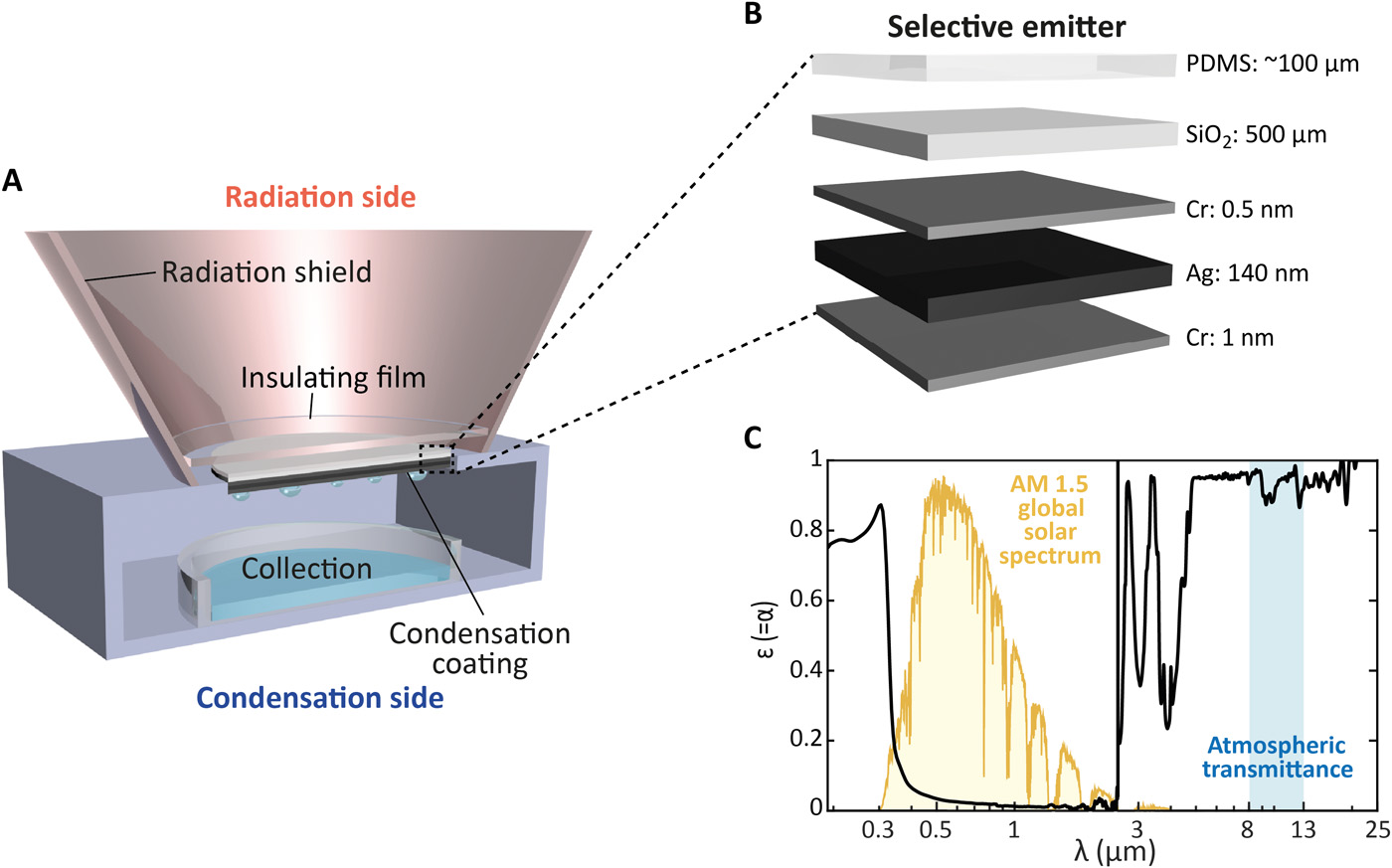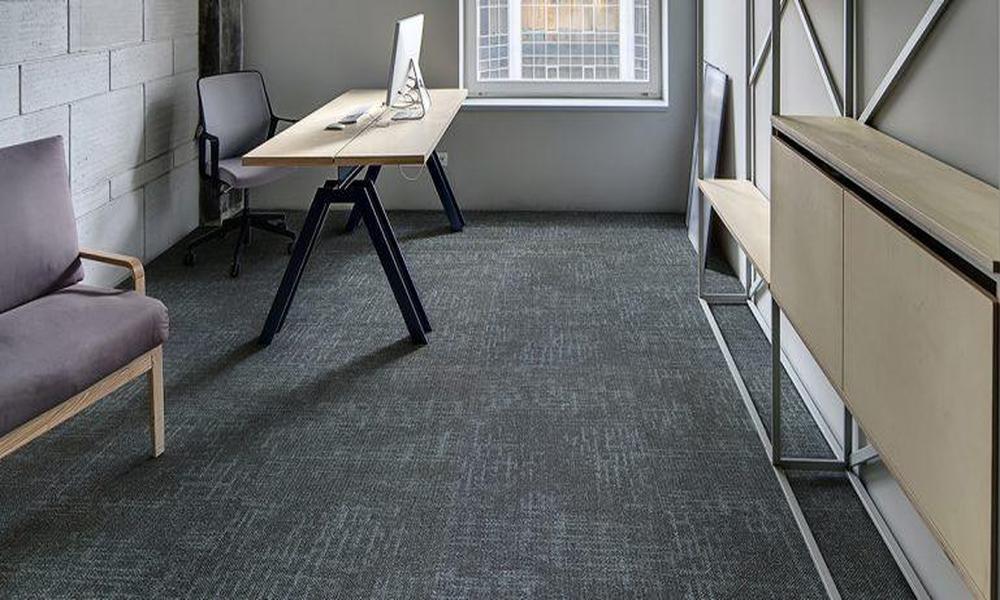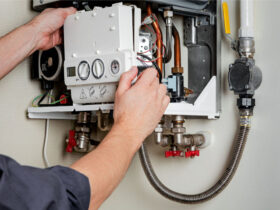In the bustling city of Melbourne, where scorching summers are a common occurrence, the quest for effective cooling solutions is an ongoing challenge. One technology that stands out in the pursuit of sustainable and energy-efficient cooling is evaporative cooling. In this article, we will delve into the science behind evaporative cooling and its application in the context of Melbourne’s climate.
The Science of Evaporative Cooling:
At its core, evaporative cooling is a natural and energy-efficient process that harnesses the cooling power of water evaporation. This process mimics the way our bodies naturally cool down through sweating. The fundamental principle involves the conversion of liquid water into water vapor, absorbing heat from the surroundings in the process.
Evaporative cooling systems typically consist of a fan and water-soaked pads. As warm air is drawn through these pads, water evaporates, and the air temperature drops significantly. The cooled air is then circulated into the living or working spaces, creating a refreshing and comfortable environment.
Advantages of Evaporative Cooling:
- Energy Efficiency: Evaporative cooling consumes significantly less energy compared to traditional air conditioning systems. In a city like Melbourne, where energy conservation is a growing concern, the eco-friendly nature of evaporative cooling is a notable advantage.
- Cost-Effective Operation: With lower energy consumption, evaporative cooling systems contribute to cost savings for residents and businesses alike. In a city known for its high living expenses, the economic benefits of this cooling technology are particularly appealing.
- Environmentally Friendly: Unlike some refrigerants used in conventional air conditioning, evaporative cooling systems do not contribute to ozone depletion or global warming. In Melbourne’s commitment to sustainability, choosing environmentally friendly cooling solutions aligns with the city’s goals.
- Effective in Dry Climates: Melbourne experiences dry and hot conditions, making it an ideal candidate for evaporative cooling. Unlike traditional air conditioning, which may struggle in arid climates, evaporative cooling becomes more efficient as the air becomes drier.
Evaporative Cooling:
As Melbourne faces the challenges of rising temperatures, the demand for efficient cooling solutions has prompted a notable increase in the adoption of evaporative cooling systems. Residents and businesses alike are recognising the benefits of this technology in providing a cost-effective and environmentally conscious way to combat the heat.
The Melbourne climate, characterised by hot and dry summers, aligns perfectly with the conditions that enhance evaporative cooling efficiency. The process relies on the dry air to absorb water vapor, resulting in a more substantial temperature drop compared to humid climates.
Moreover, the use of evaporative cooling in Melbourne is not limited to residential spaces. Businesses, industrial facilities, and agricultural operations are increasingly incorporating this technology to maintain optimal working conditions and protect equipment from the heat.
Conclusion:
In the heart of Melbourne’s urban landscape, where the summer sun can be relentless, the science behind evaporative cooling offers a promising solution to the city’s cooling needs. The environmentally friendly, cost-effective, and energy-efficient nature of evaporative cooling aligns perfectly with Melbourne’s commitment to sustainability and innovation. As the city continues to embrace this technology, the cooling comfort provided by harnessing nature’s chill through evaporative cooling becomes an integral part of Melbourne’s response to the challenges posed by its climate.




